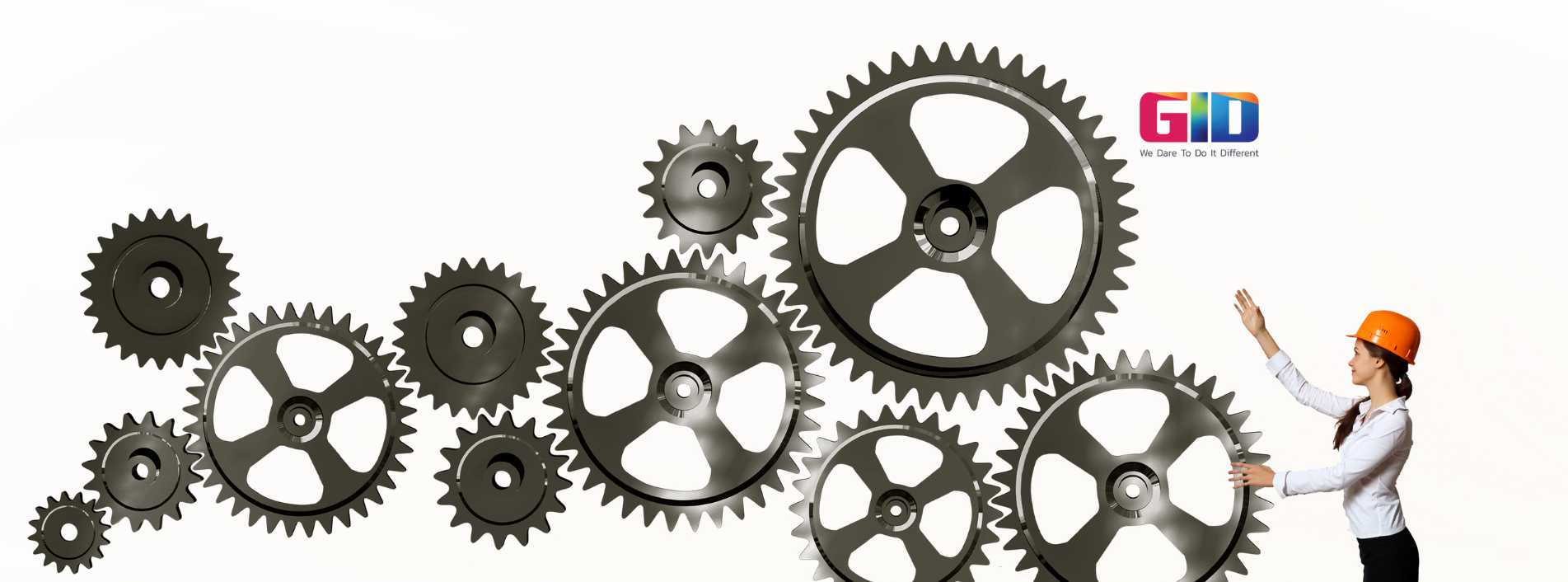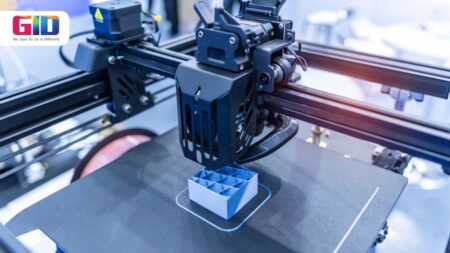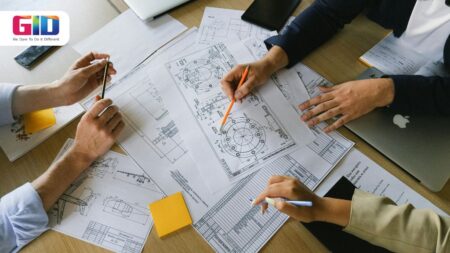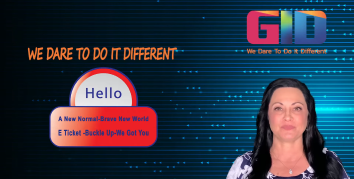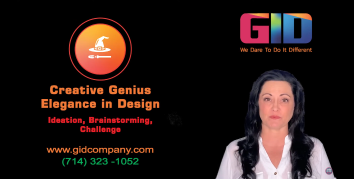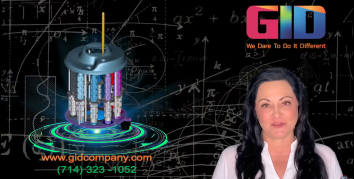In a rapidly evolving world, where innovation and aesthetics collide, the role of an industrial designer stands as a crucial bridge between functionality and artistry. Industrial designers are the creative minds behind the products we use daily, seamlessly blending form and function to enhance our lives. This blog takes you on a journey into the realm of industrial design, shedding light on what it means to be an industrial designer and showcasing the exemplary work of the renowned GID Company.
Who is an Industrial Designer?
Industrial design is a discipline that encompasses the creation of products, systems, and experiences that marry practical utility with visual appeal. An industrial designer is a professional who combines artistic flair, engineering knowledge, and an acute understanding of user needs to conceptualize, design, and refine products across various industries. Their role extends beyond aesthetics; they meticulously consider usability, ergonomics, materials, manufacturing processes, and sustainability.
The Key Responsibilities of an Industrial Designer
Conceptualization and Ideation:
Industrial designers embark on a journey of creativity, brainstorming ideas for new products or improving existing ones. This phase involves sketching, rendering, and creating prototypes to visually convey their concepts.
User-Centric Approach:
Understanding the end-user’s needs is paramount. Industrial designers delve into user research to gain insights into how a product will fit into users’ lives and address their pain points effectively.
Technical Proficiency:
While creativity fuels their work, industrial designers must also possess a solid grasp of engineering principles. This knowledge ensures that their designs can be feasibly manufactured and function as intended.
Prototyping and Testing:
Before finalizing a design, prototypes are developed and tested rigorously. This iterative process allows designers to identify flaws, make improvements, and optimize the product’s functionality.
Collaboration:
Industrial designers collaborate with cross-functional teams including engineers, marketers, and manufacturers. Effective communication is vital to ensure everyone is aligned and working toward the same goal.
Keeping Abreast of Trends:
Staying updated with industry trends, materials, and manufacturing technologies is crucial for an industrial designer to remain relevant and innovative.
GID Company: A Beacon of Excellence
At the forefront of groundbreaking industrial design stands the GID Company. With a legacy spanning a decade, GID Company has established itself as a trailblazer in the field, consistently pushing the boundaries of innovation. Let’s delve into what sets GID Company apart:
Design Philosophy:
GID Company’s design philosophy revolves around the seamless integration of artistry and functionality. Each product they craft tells a story of meticulous design thinking and a deep understanding of human interaction with objects.
Diverse Portfolio:
From consumer electronics to medical devices and automotive marvels, GID Company’s portfolio is a testament to their versatility. They have successfully tackled design challenges across an array of industries, leaving an indelible mark.
Human-Centered Solutions:
GID Company’s designers are adept at empathizing with end-users. Their products aren’t just visually appealing; they’re intuitive and enhance the user’s experience, making them an integral part of daily life.
Sustainability Champions:
In an era where sustainability is paramount, GID Company leads by example. They incorporate eco-friendly materials and design practices that minimize the environmental footprint of their products.
Collaborative Approach:
GID Company understands that the best designs are born from collective efforts. Their designers work closely with clients, ensuring that the client’s vision harmonizes with the designer’s expertise, resulting in a synergy that’s reflected in the final product.
Industrial Design: Shaping the Future
The world of industrial design is on an evolutionary trajectory, fueled by technological advancements and changing consumer preferences. Here are some key trends shaping the future of industrial design:
Digital Transformation:
The integration of digital tools like 3D modeling, virtual reality, and simulation software is revolutionizing the design process, enabling designers to visualize concepts more vividly and test them in virtual environments.
Design for Sustainability:
As environmental concerns take center stage, industrial designers are leaning towards sustainable materials, energy-efficient designs, and products that are easily recyclable.
Personalization and Customization:
Consumers are seeking products that resonate with their individuality. Industrial designers are embracing mass customization techniques, allowing products to be tailored to each consumer’s preferences.
Healthcare and Well-being:
The ongoing pandemic has amplified the importance of healthcare design. Industrial designers are working on medical devices, equipment, and healthcare environments that prioritize hygiene, safety, and user comfort.
Inclusive Design:
Designing products that cater to diverse user groups, including individuals with disabilities, is gaining prominence. Inclusive design ensures that products are accessible and usable by everyone.

